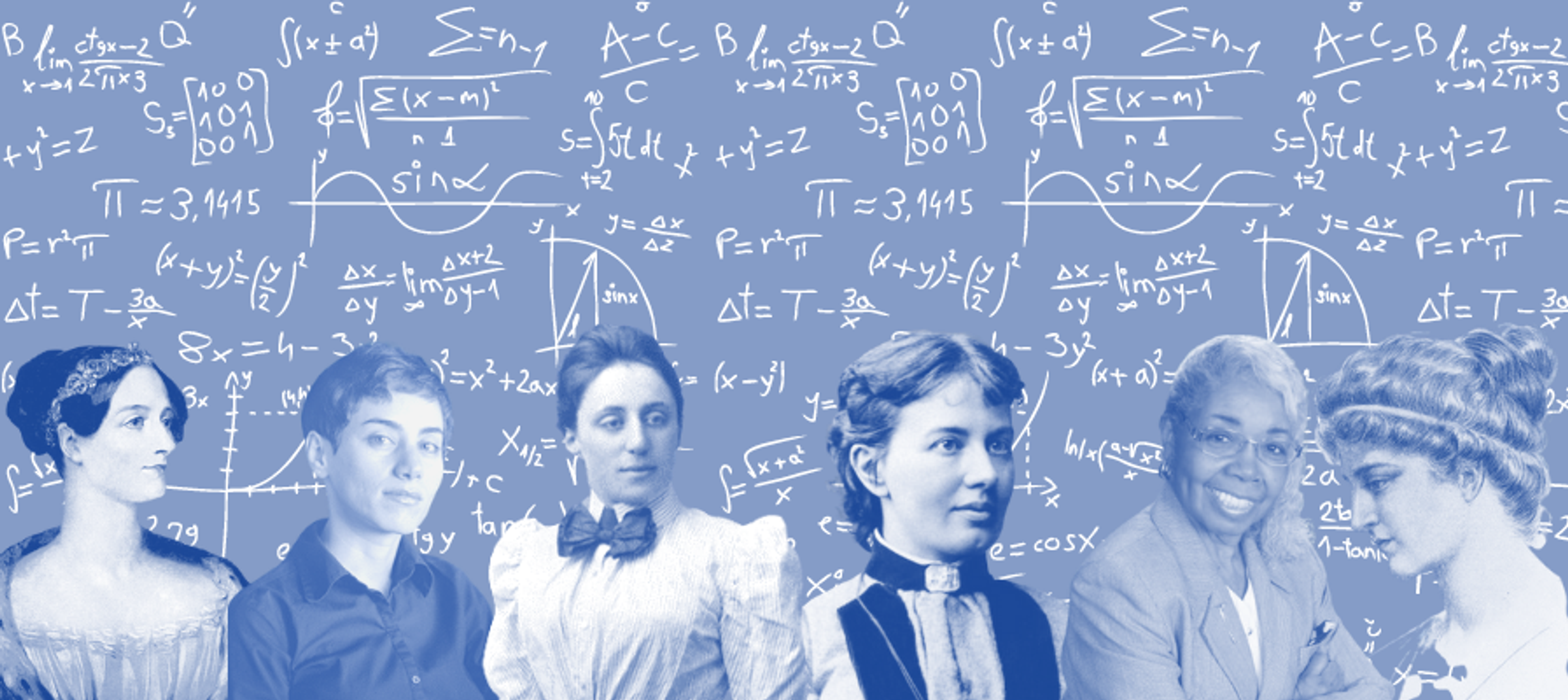MATHS

CELEBRATING WOMEN IN MATHS
As you wander around the Senior Centre you may notice displays in some classrooms celebrating many famous mathematicians that have contributed significantly to the world’s collective knowledge and applications of maths.
Prior to the 20th Century it was a common belief that women were biologically unsuited to the study of higher maths. Including that their heads were too small to hold a brain powerful enough to understand it, that learning maths would send them into hysterics and that it would cause their ovaries to shrink and make them unsuited to being mothers.
Throughout history women have fought against these ideas and made significant contributions to mathematical understanding and progress. Many of these ideas and areas of study are a part of our curriculum today. As we approach International Women’s Day this Friday let’s look at just a small snapshot:
Maria Gaetana Agnesi: An Italian mathematician who in 1750 was the first woman appointed as a Professor of Mathematics at a university.
She worked on infinitesimal calculus and described a curve previously studied by Fermat and others, that is now known as the Witch of Agnesi.
Florence Nightingale:The first female fellow of the Royal Statistical Society whose use of polar graphs to illustrate causes of mortality in the British Army during the Crimean War led to significant change in hygiene and treatment process, saving many lives.
Maryam Mirzakhani:An Iranian mathematician who was the first woman awarded the Fields Medal in 2014, the mathematical equivalent of the Nobel Prize, based or her work in geometry. She is quoted as saying that “you have to spend some energy and effort to see the beauty of math”.
After her diagnosis of breast cancer, the Mirzakhani Society for women and non-binary students studying mathematics was founded at Oxford University and after her death at the age of 40 the Mirzakhani Scholarships were established at the same university.
I recently attended a presentation given by another fantastic female mathematician, Professor Emerita Helen Forgasz from Monash University on Gender in Mathematics. She discussed her research on gender in Mathematics and how influential the support and belief of parents and teachers are to all students. By far the best question asked in her research was “What animal do you think maths is like? Explain”, and some of the fantastic answers included:
Lion. Mathematics is like a lion because mathematics is for smart people, and the lion is smart.
Skunk. Because maths irritates and stinks.
Ant. To learn mathematics you have to be as industrious as an ant.
Parrot. The parrot repeats everything it hears. In mathematics you need a lot of repetition if you want to understand the material.
Markovitz, Z., & Forgasz, H. (2017). "Mathematics is like a lion”: Elementary students’ beliefs about mathematics. Educational Studies in Mathematics
What animal would you choose?
Emma Mullane
Key Learning Area Manager - Mathematics









